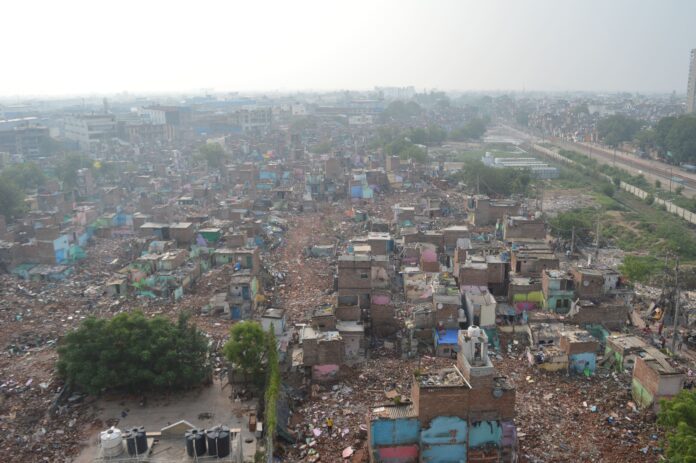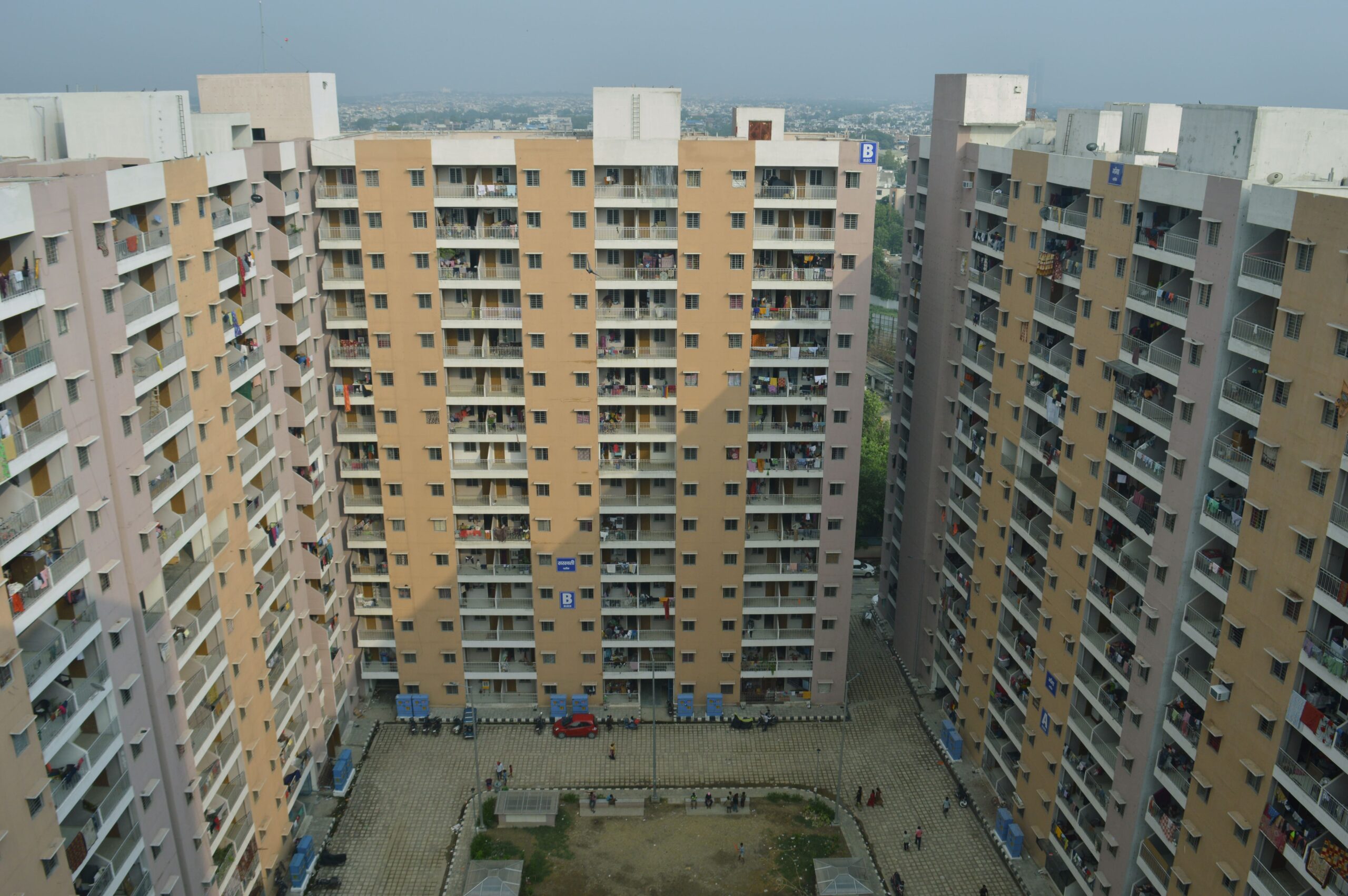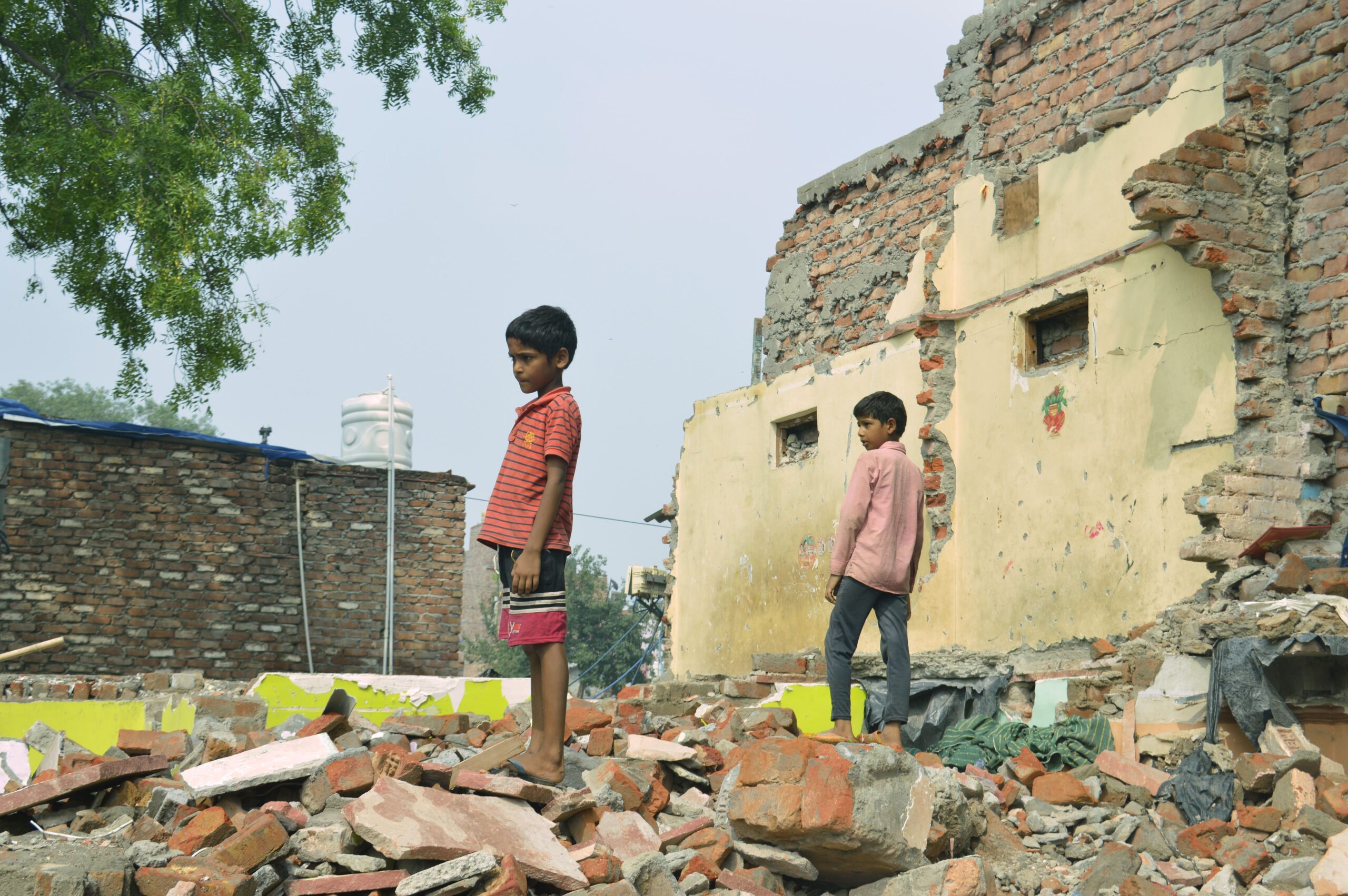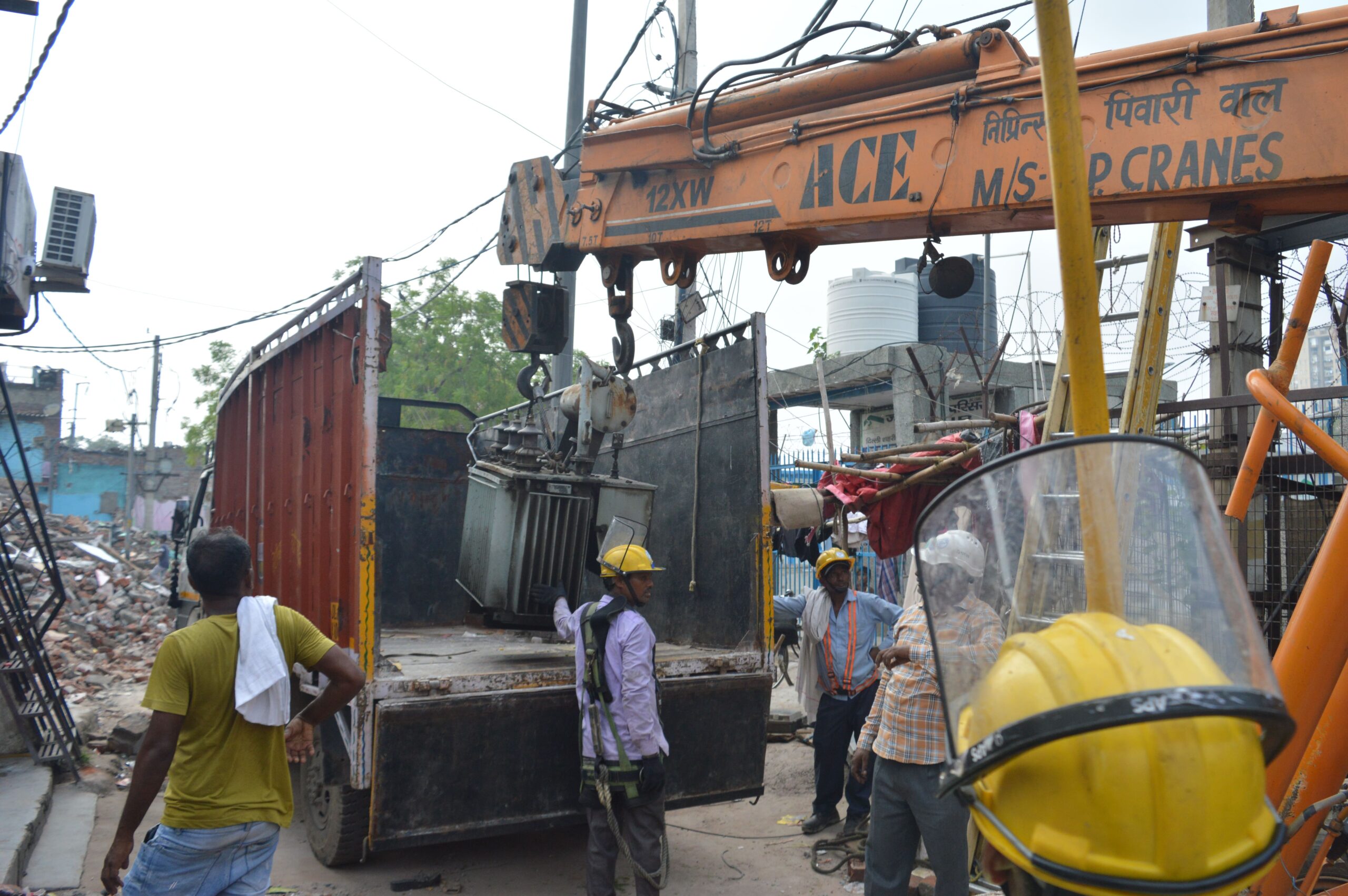
Aditya Sharma, TwoCircles.net
New Delhi: The skies have opened above the city, but for hundreds of families from Jailerwala Bagh, there is no roof to catch the rain. Only memories. Only rubble.
Anita, 36, cradled her feverish two-year-old under a plastic sheet pinned between two iron rods. “I begged them to wait. My husband brings home Rs 10,000 a month. We spent Rs 5,000 to get a stay from the court. But that meant nothing. They (the Delhi Development Authority or DDA) reduced my home to dust. Now my child burns with fever, and we are drenched,” she said with her voice barely above the sound of thunder.

On June 16, 2025, the quiet lanes of Jailerwala Bagh in Ashok Vihar, northwest Delhi, echoed with the grinding roar of bulldozers in the early morning 7:30 AM. The Delhi Development Authority (DDA), supported by over 250 police officers and a Special Task Force, razed over 300 shanties, labelling them illegal encroachments on public land.
Tin roofs, brick walls, water containers and baby shoes – all gone. Men and women who built Delhi’s buildings, cleaned its floors and pulled its rickshaws were left staring at the sky, praying the clouds would hold.

But now, the rain is here.
‘The Court Gave Us a Stay; the Bulldozer Gave Us Nothing’
Rahul, 27, a taxi driver, had a stay order from the court. He was told by the police to stand back, that nothing would happen to his home.
“I went away for a while. But something felt off. When I came back, I could not recognize my own lane. My house was gone. The court papers meant nothing,” he said, wiping sweat from his face.

Dharmendra Kumar and his wife, both in their fifties, were spared demolition but not suffering.
“Our jhuggi still stands. But we have no electricity. No water. The wires were cut. We sit inside like ghosts in heat and darkness, while the sky cracks open above us,” he said.
Factory worker Rakesh, 41, broke down when officials from the Electricity Board pulled out cables and poles.

